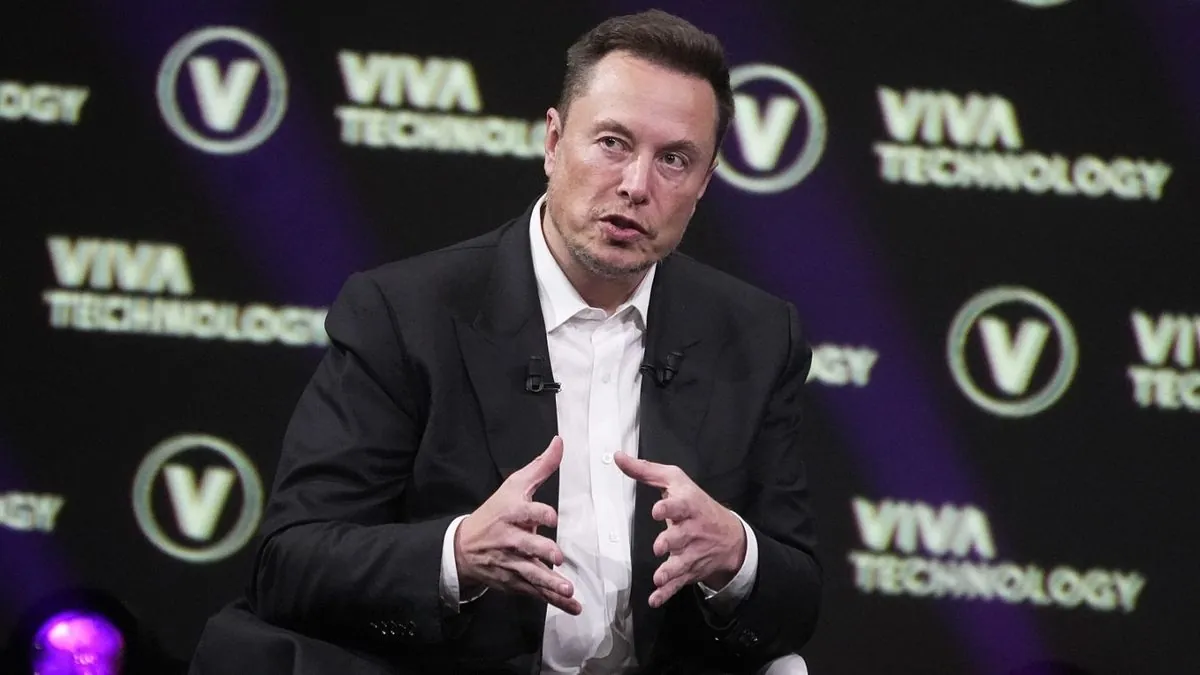Trump's Economic Vision: Ambitious Promises Raise Debt Concerns
Former President Trump outlines economic policies that could significantly increase national debt. Analysts express skepticism about proposed mitigation measures, questioning feasibility of spending cuts and tax reduction claims.

Donald Trump's recent economic proposals have sparked debate among financial experts, raising concerns about their potential impact on the national debt. Speaking at the Economic Club of New York yesterday, the former president unveiled a series of ambitious plans that could significantly alter the fiscal landscape of the United States.
Central to Trump's economic vision is a promise of "trillions" in spending cuts, to be identified by a new government commission. This proposal has been met with skepticism from budget analysts, who question its practicality. The suggested commission, potentially led by tech entrepreneur Elon Musk, would aim to eliminate fraud and improper payments within six months.

Trump's economic strategy also includes:
- Making permanent the measures from his 2017 tax law
- Eliminating taxes on tips
- Further reducing the corporate tax rate
- Creating a U.S. sovereign wealth fund
These proposals come at a time when the U.S. national debt has surpassed $35 trillion, a figure that has raised alarms among economists and policymakers alike.
"We're going to have so much money coming in. We're going to work on national debt. We have to get that down."
However, budget experts argue that Trump's promises, while lacking in specific details, appear likely to add trillions to the national debt. This assessment is based on the potential cost of his proposed tax cuts, estimated to be between $6 trillion and $7 trillion over the next decade.
Trump's previous tenure as president saw the national debt increase by 40%, from approximately $20 trillion to $28 trillion. While bipartisan spending during the pandemic accounted for a significant portion of this increase, his $2 trillion tax cut and pre-pandemic spending hikes also contributed to the fiscal strain.
The former president's current economic plan faces several challenges:
- Promise not to cut Social Security or Medicare
- Proposed increases in defense spending
- Rejection of new tax hikes
These factors, combined with his tax cut proposals, make it difficult to envision a path to debt reduction without significant changes to major federal programs.
Comparatively, Vice President Kamala Harris has proposed a $1.7 trillion spending plan focused on housing subsidies and increased child benefits. While her plan also lacks detailed funding explanations, it differs from Trump's approach by endorsing some tax increases on high earners and corporations.
The Congressional Budget Office projects that the national debt could exceed $50 trillion by 2034, potentially reaching historic highs as a share of the U.S. economy. This projection underscores the importance of addressing fiscal challenges in the coming years.
As the 2024 election approaches, the economic visions of both candidates will likely face increased scrutiny. The debate over how to balance ambitious policy goals with fiscal responsibility remains a central issue in American politics, with significant implications for the country's economic future.


































